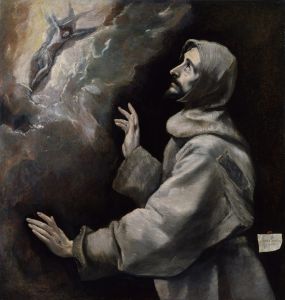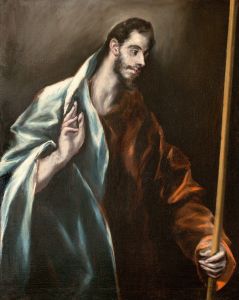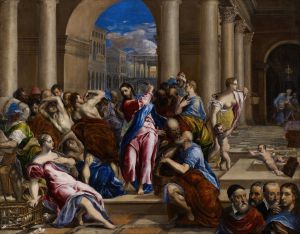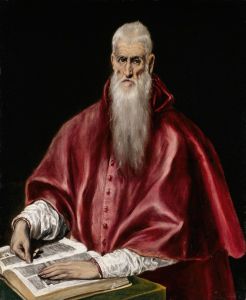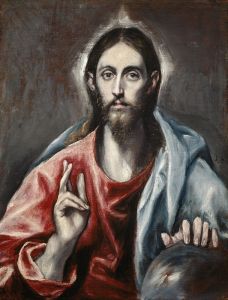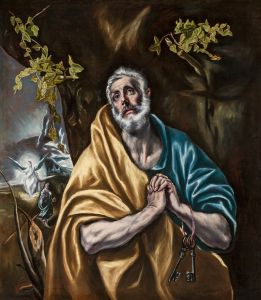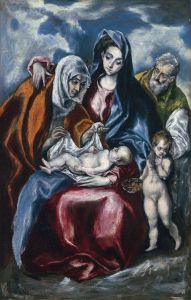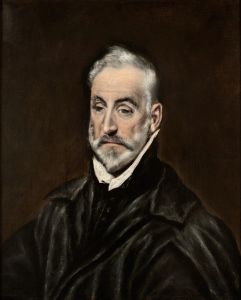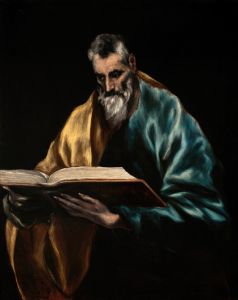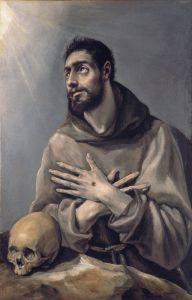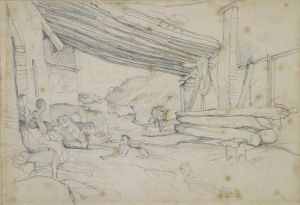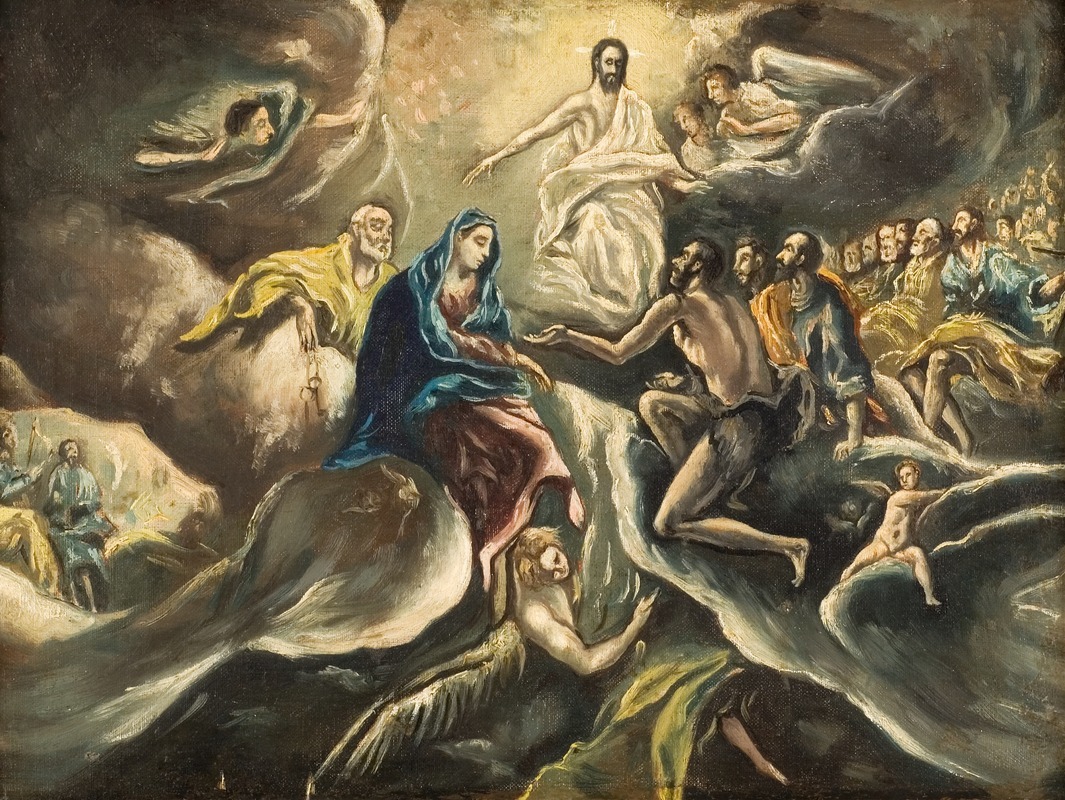
Count Orgaz’ funeral
A hand-painted replica of El Greco (Domenikos Theotokopoulos)’s masterpiece Count Orgaz’ funeral, meticulously crafted by professional artists to capture the true essence of the original. Each piece is created with museum-quality canvas and rare mineral pigments, carefully painted by experienced artists with delicate brushstrokes and rich, layered colors to perfectly recreate the texture of the original artwork. Unlike machine-printed reproductions, this hand-painted version brings the painting to life, infused with the artist’s emotions and skill in every stroke. Whether for personal collection or home decoration, it instantly elevates the artistic atmosphere of any space.
"The Burial of the Count of Orgaz" is a renowned painting by the Greek-Spanish artist El Greco, whose real name was Domenikos Theotokopoulos. This masterpiece was completed in 1586 and is housed in the Church of Santo Tomé in Toledo, Spain, where it was originally commissioned to be displayed.
The painting was commissioned by Andrés Núñez, the parish priest of Santo Tomé, to honor the legend of the miraculous burial of Don Gonzalo Ruíz, the Count of Orgaz. According to the legend, Saint Stephen and Saint Augustine descended from heaven to assist in the burial of the Count in recognition of his piety and generosity towards the church. This miraculous event is the central theme of El Greco's work.
"The Burial of the Count of Orgaz" is celebrated for its intricate composition and the seamless integration of the earthly and heavenly realms. The lower part of the painting depicts the funeral scene with a group of mourners, including clergy and noblemen, surrounding the body of the Count. The figures are rendered with meticulous detail, showcasing El Greco's skill in portraiture. The Count is being laid to rest by Saint Stephen and Saint Augustine, who are dressed in elaborate liturgical garments. The depiction of these saints is notable for its realism and the dignified solemnity they bring to the scene.
Above the earthly scene, the painting transitions to the celestial realm, where the soul of the Count is being received by Jesus Christ, the Virgin Mary, and a host of angels and saints. This upper section is characterized by El Greco's signature elongated figures and dramatic use of light and color, which create a sense of divine presence and spiritual transcendence. The contrast between the dark, somber tones of the funeral scene and the luminous, ethereal quality of the heavenly vision highlights the dual nature of the painting.
El Greco's use of color, light, and composition in "The Burial of the Count of Orgaz" exemplifies his unique style, which combines elements of the Byzantine tradition with Western Renaissance influences. The painting is also notable for its emotional intensity and the way it captures the spiritual fervor of the Counter-Reformation period in Spain.
The work is considered one of El Greco's masterpieces and a prime example of his ability to convey complex religious themes through innovative artistic techniques. It remains a significant cultural and historical artifact, reflecting the religious and artistic milieu of late 16th-century Spain.
"The Burial of the Count of Orgaz" continues to be studied and admired for its artistic brilliance and its profound depiction of faith and devotion. It stands as a testament to El Greco's genius and his contribution to the history of art.





